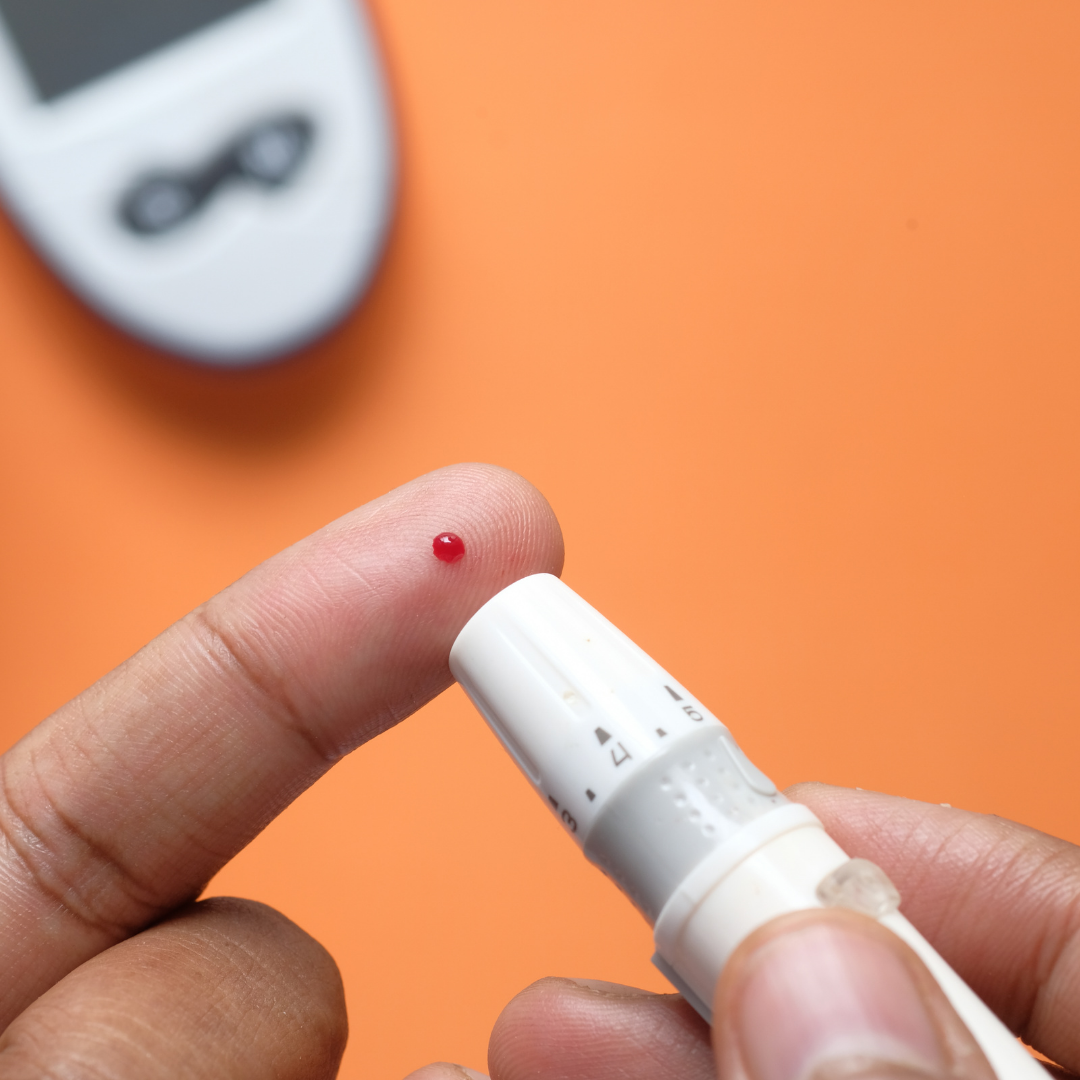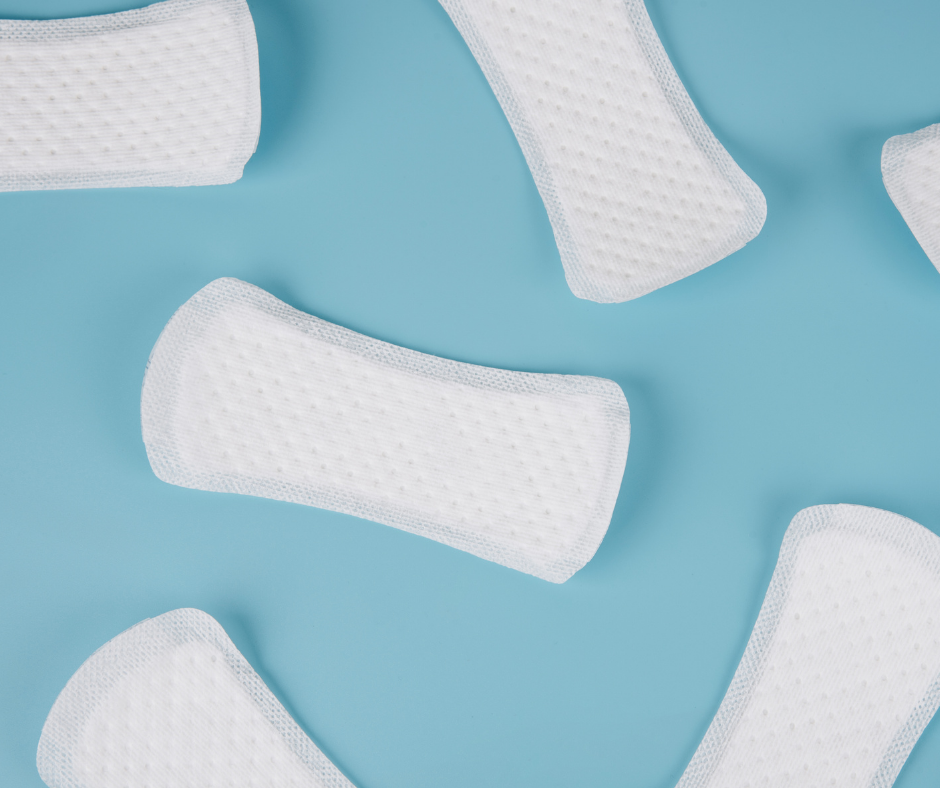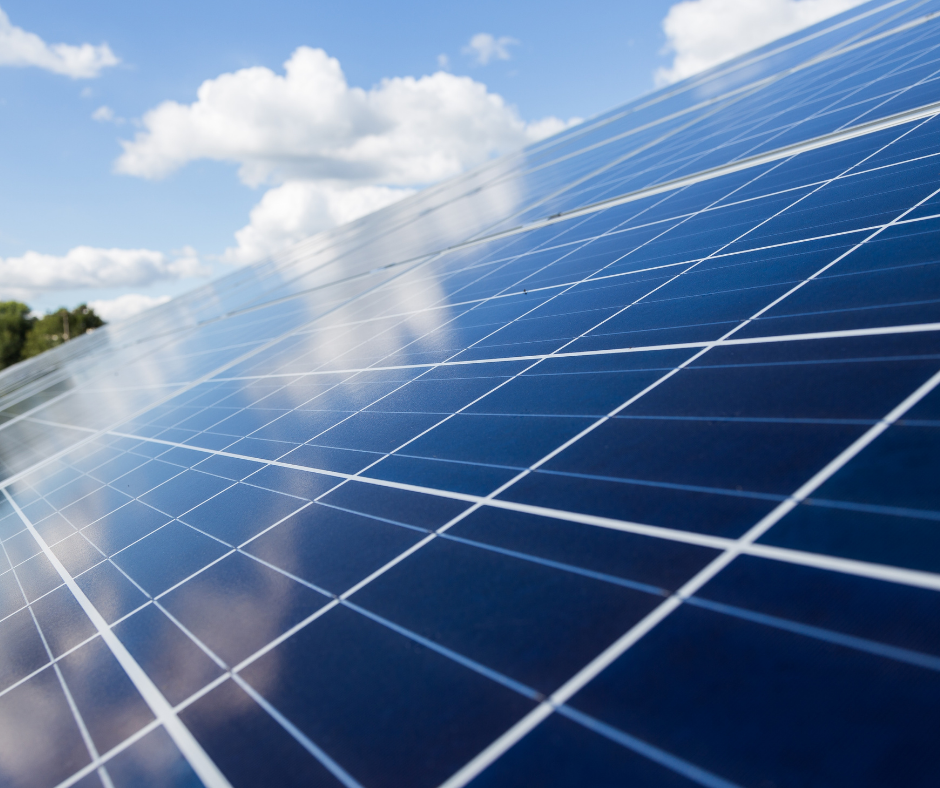Fluoride removal from drinking water using capacitive deionization
Thematic Area: Minerals, mining and materials engineering
University: The Nelson Mandela African Institution of Science and Technology (NM-AIST)
Project Leader: Dr Yusufu Abeid Chande Jande
Collaborating Partners: Hanyang University, Energy and Environmental Engineering Lab, Korea
Duration: 3 years
Project Overview
Capacitive deionization (CDI) is an emerging desalination technology which has various merits compared to the conventional methods such as reverse osmosis and thermally based ones. In recent years, some researches on CDI have been focusing on developing CDI materials for fluoride removal. High concentration of fluoride in water (above 1.5 ppm) causes dental and skeletal fluorosis problems. Most of the Rift Valley region in Eastern Africa, water sources contain high concentration of fluoride. This makes the existing water unsafe for drinking.
The technology
This project intends to produce a capacitive deionization (CDI) stack that will be used to remove fluoride from water targeting the Ngaramtoni area in Arusha. CDI as an emerging technology consumes less energy compared to traditional methods. This research intends to design the CDI system for defluoridation using the biomass-based electrode materials (agricultural wastes like rice husks). The recommended fluoride level in water by World Health Organization is less than or equal to 1.5 ppm.
Expected Impact
The issue of availability of clean and safe water in developing countries affects both men and women. This project will increase availability of clean and safe water by regulating the fluoride content in water within the recommended World Health Organization levels. It will also contribute to the Sustainable Development Goal 6 on Clean Water and Sanitation and Goal 3 on Good Health and Well-being.







